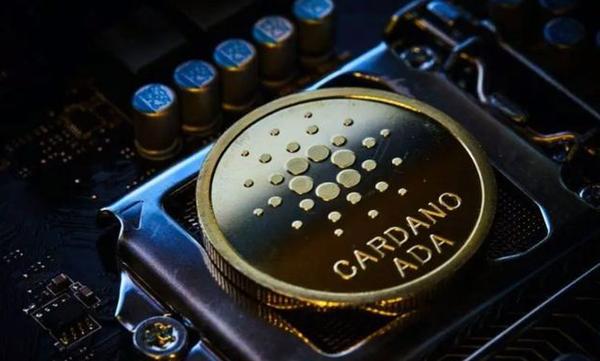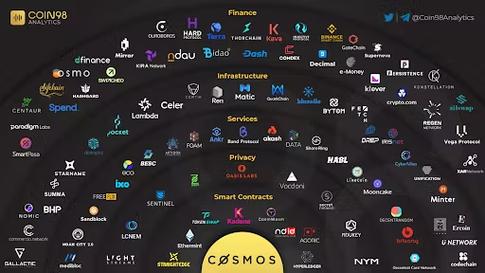Understanding ADA and ETH: A Comprehensive Guide
When it comes to cryptocurrencies, two names often stand out: ADA and ETH. Both are part of the vast digital currency landscape, each with its unique features and purposes. In this article, we will delve into the details of ADA and ETH, exploring their origins, functionalities, and the communities that support them.
What is ADA?
ADA, short for Cardano, is a blockchain platform that aims to offer a more secure and sustainable alternative to existing cryptocurrencies. Developed by Charles Hoskinson, one of the co-founders of Ethereum, Cardano is known for its peer-reviewed research and innovative approach to blockchain technology.

Cardano’s native cryptocurrency is called ADA. It is used to facilitate transactions on the Cardano network and to pay for fees associated with smart contracts and other network operations.
Origins and Development
Cardano was founded in 2015 and launched its mainnet in 2017. The project has been developed with a focus on sustainability, aiming to address the scalability and sustainability issues faced by other cryptocurrencies.
One of the key features of Cardano is its Ouroboros protocol, which is a proof-of-stake algorithm. This algorithm is designed to be more energy-efficient than traditional proof-of-work systems, making it more environmentally friendly.
What is ETH?
ETH, short for Ethereum, is a decentralized platform that enables the creation of smart contracts and decentralized applications (DApps). It was launched in 2015 by Vitalik Buterin, a Russian-Canadian programmer.

Ethereum’s native cryptocurrency is called Ether (ETH). It is used to pay for transaction fees on the Ethereum network and to incentivize miners to secure the network.
Origins and Development
Ethereum was initially proposed in 2013 and its development was crowdfunded through an ICO in 2014. Since then, it has become one of the most popular and influential cryptocurrencies in the world.
Ethereum has undergone several major upgrades, including the Ethereum 2.0 upgrade, which aims to transition the network from a proof-of-work to a proof-of-stake consensus mechanism, improving scalability and reducing energy consumption.
Comparison: ADA vs ETH
While both ADA and ETH are blockchain platforms with their native cryptocurrencies, there are several key differences between them.
| Feature | Cardano (ADA) | Ethereum (ETH) |
|---|---|---|
| Consensus Mechanism | Proof-of-Stake (Ouroboros) | Proof-of-Work (Ethash) |
| Development Focus | Sustainability and Scalability | Smart Contracts and DApps |
| Market Capitalization | ~$30 billion | ~$200 billion |
Cardano focuses on sustainability and scalability, while Ethereum is known for its support for smart contracts and DApps. Additionally, Cardano’s market capitalization is significantly smaller than Ethereum’s.
Community and Ecosystem
Both ADA and ETH have strong and active communities. The Cardano community is known for its focus on research and development, while the Ethereum community is diverse and includes developers, investors, and enthusiasts from all over the world.
The Cardano ecosystem includes various projects and applications built on the Cardano platform, such as decentralized finance (DeFi) services and NFT marketplaces. The Ethereum ecosystem is even larger, with a wide range of DApps and services, including decentralized exchanges, gaming platforms, and social media networks.
Conclusion
ADA and ETH are two of the most prominent cryptocurrencies in the world, each with its unique strengths and features. Whether you are interested in the sustainability and scalability of Cardano or the versatility and innovation of Ethereum, both offer exciting opportunities in the rapidly evolving world of digital currencies.



